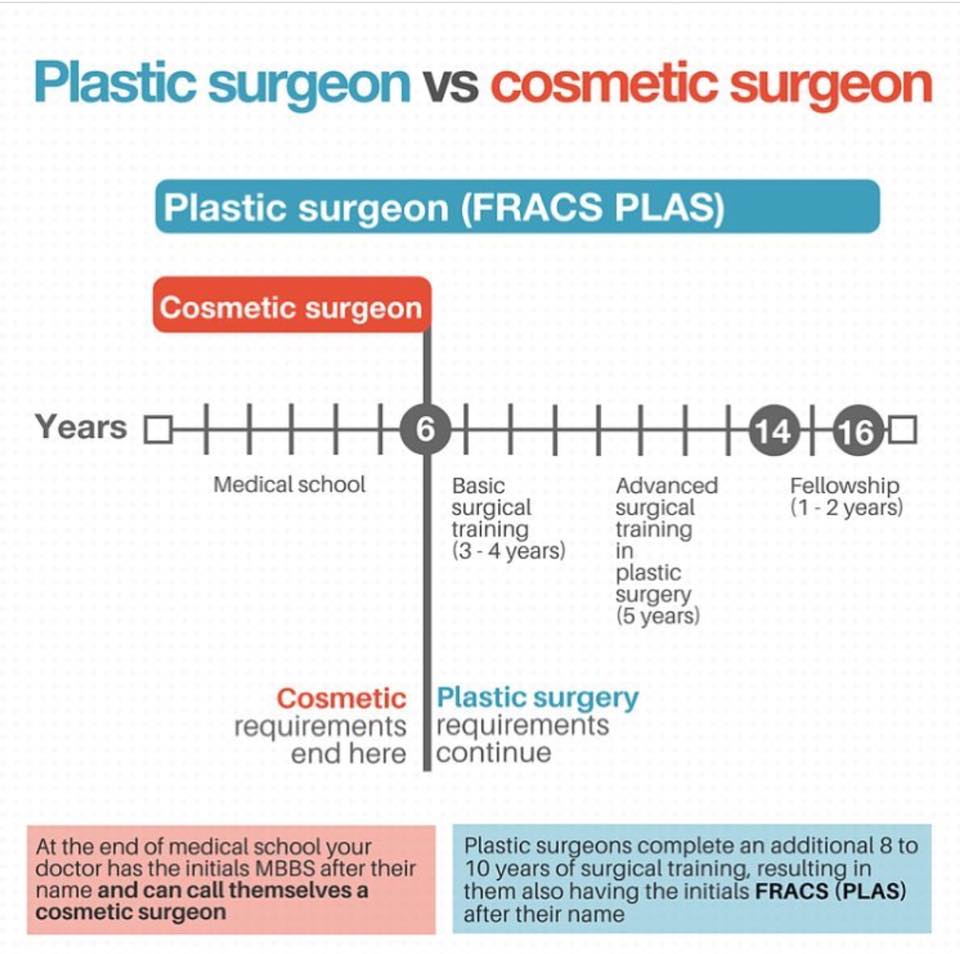AHAs are an essential ingredient for unclogging pore clogs and brightening acne-prone skin. They function by breaking down dead skin cell buildup to advertise newer, fresher cells, and avoiding future clogs.
Developing topical AHAs demands thorough attention to different crucial variables that significantly impact their effectiveness and tolerability. Preserving the optimum pH array, along with vehicle selection and concentration, magnifies their exfoliative features while minimizing potential adverse reactions.
Glycolic acid
Glycolic acid is understood for its moderate yet reliable scrubing properties, which promote skin's natural dropping and loosen the "adhesive" that holds dead cells externally of the skin. This assists unblock pores and decrease the look of great lines and creases, as well as improve overall skin texture and tone.
Remarkably, topical glycolic acid has likewise been shown to promote the production of collagen, which is vital in preserving skin's suppleness and flexibility. It is necessary to keep in mind, nonetheless, that due to the fact that glycolic acid can stimulate the skin's sensitivity to sunshine, it is essential to wear sunscreen when using any products containing this ingredient.
Dermatologists pay careful focus to the solution of items having AHAs in order to maximize their efficiency and tolerability. Creating AHAs with the proper automobile, in addition to pH and focus factors to consider, enables ideal skin penetration while reducing potential unfavorable reactions. This is particularly crucial for patients with delicate skin, given that AHAs are recognized to be slightly annoying.
Lactic acid
Lactic acid is discovered in numerous over-the-counter skin care products and some more powerful specialist peels and therapies. It has the lowest molecular weight of all the AHAs and is able to penetrate much deeper right into the skin, where it is a lot more efficient at unclogging pores and exfoliating.
Like glycolic acid, it also boosts collagen synthesis, which aids reduce fine lines and wrinkles and improve skin appearance. In addition, it has moisture-retention residential properties, which makes it more suitable for drier skin types than various other AHAs.
The substantial body of medical data corroborating the effectiveness of topical AHAs sustains their utility in a wide range of dermatological ailments and visual worries. These consist of complex skin renewal procedures, depletion of fine lines and wrinkles, lightening of hyperpigmentation, healing treatment for actinic keratosis, and acne administration [2] Optimizing the solution of AHAs by stabilizing pH, concentration, and lorry option even more enhances their healing possibility. These cautious considerations make it possible for skin specialists to deliver secure and efficient treatments that give remarkable medical results.
Mandelic acid
Mandelic acid, stemmed from almonds, is one more member of the AHA family members and is a prominent ingredient in items that assist treat acne. Its bigger molecular size suggests it permeates the skin more gradually and carefully, which can reduce the possibility for inflammation. It's also much less likely to cause inflammation and other skin level of sensitivity problems, making it suitable for delicate skin types.
Mandelic Acid is believed to help reduce inflammation and increase hydration. It works by loosening up the bonds between dead skin cells, permitting them to drop and reveal fresher-looking skin. It additionally helps reduce the look of enlarged pores.
Formulating topical items with AHAs requires an exact balance of vital elements that significantly influence their efficacy and tolerability. Specifically, the pH of an AHA formulation has actually been shown to play an essential function in its capacity to promote peeling and enhance complexion and texture. Accomplishing this optimal focus is a challenging objective and requires masseter botox before and after careful attention to the numerous elements that influence the formula procedure.
Citric acid
Citric acid, found in citrus fruits such as oranges and lemons, is a light AHA. It's less bothersome than glycolic or lactic acid, making it more suitable for delicate skin. It additionally has astringent residential properties, helping to dry out excess oil.
Like various other AHAs, citric acid can be utilized in chemical peels and day-to-day active/maintenance treatments to exfoliate the skin and advertise cell turnover. It can help reduce the look of dark spots and hyperpigmentation, along with fine facial lines.
It can additionally enhance the synthesis of glycosaminoglycans, which play a crucial role in enhancing the skin obstacle function. This aids to avert trans-epidermal water loss, and preserve optimum hydration levels in the skin [35]
AHAs can be integrated with comforting ingredients such as ceramides or hyaluronic acid to enhance their tolerability. They can be included right into daily active/maintenance skincare via lotion or serum formulas. This permits practitioners to tailor their AHA treatments based upon person needs and preferences, with the versatility of picking from different treatment intensities or focus.
